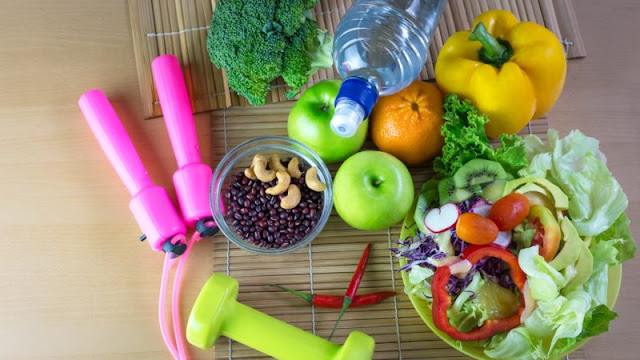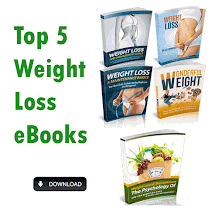Your fall baking list is now complete with the addition of these Gluten-Free Pumpkin Chocolate Chip Muffins! Studded with chocolate chips and pecans, you’re really in for a treat!

‘Tis the season for all the pumpkin goodies – pies, bars, smoothies, cookies, muffins and more. Cooking and baking with pumpkin brings me so much joy. I love this time of year, the flavor of pumpkin spice, the aroma of pumpkin goodies baking away in the oven – it’s simply the best. You know what also brings me joy? Sharing my favorite recipe creations with you so you can experience the joy, too. You’ll know exactly what I’m talking about when you sink your teeth into one of these soft, fluffy, Gluten-Free Pumpkin Chocolate Chip Muffins. Pure joy!
P.S. This recipe was not a planned share. Jess and I have our editorial calendar planned months in advance, but I couldn’t resist sharing this recipe with you as a bonus post for the week. Especially after I saw the gorgeous photos that were taken by Jess of Plays Well with Butter who helps us with about 50% of recipe photos. Girl’s got skills!
Soft, fluffy and made with less sugar, these Gluten-Free Pumpkin Chocolate Chip Muffins are calling your name!
I know you’re going to love this recipe. It’s very similar to our Gluten-Free Banana Chocolate Chip Muffins, which have become a reader favorite. In fact, this recipe was created when I wanted to make the banana muffins during a meal prep a couple weekends ago, but didn’t have any ripe bananas on hand so I grabbed my lonely can of pumpkin instead. Some of my best recipes are created on a whim and purely by accident, and I love when that happens.
These Gluten-Free Pumpkin Chocolate Chip Muffins are soft, tender, fluffy and studded to perfection with chocolate chips and pecans. They’re incredibly easy to make and perfect for weekend meal preps, adding to lunchboxes, breakfast on the go, afternoon snacking, serving at a party or gift giving to a new parent or heck, anyone who could use a little pick-me-up! You’ll also appreciate that they’re made with less sugar yet you’ll never know. They’re just so darn good!

‘Tis the season for all the pumpkin goodies – pies, bars, smoothies, cookies, muffins and more. Cooking and baking with pumpkin brings me so much joy. I love this time of year, the flavor of pumpkin spice, the aroma of pumpkin goodies baking away in the oven – it’s simply the best. You know what also brings me joy? Sharing my favorite recipe creations with you so you can experience the joy, too. You’ll know exactly what I’m talking about when you sink your teeth into one of these soft, fluffy, Gluten-Free Pumpkin Chocolate Chip Muffins. Pure joy!
P.S. This recipe was not a planned share. Jess and I have our editorial calendar planned months in advance, but I couldn’t resist sharing this recipe with you as a bonus post for the week. Especially after I saw the gorgeous photos that were taken by Jess of Plays Well with Butter who helps us with about 50% of recipe photos. Girl’s got skills!
Soft, fluffy and made with less sugar, these Gluten-Free Pumpkin Chocolate Chip Muffins are calling your name!
I know you’re going to love this recipe. It’s very similar to our Gluten-Free Banana Chocolate Chip Muffins, which have become a reader favorite. In fact, this recipe was created when I wanted to make the banana muffins during a meal prep a couple weekends ago, but didn’t have any ripe bananas on hand so I grabbed my lonely can of pumpkin instead. Some of my best recipes are created on a whim and purely by accident, and I love when that happens.
These Gluten-Free Pumpkin Chocolate Chip Muffins are soft, tender, fluffy and studded to perfection with chocolate chips and pecans. They’re incredibly easy to make and perfect for weekend meal preps, adding to lunchboxes, breakfast on the go, afternoon snacking, serving at a party or gift giving to a new parent or heck, anyone who could use a little pick-me-up! You’ll also appreciate that they’re made with less sugar yet you’ll never know. They’re just so darn good!


















